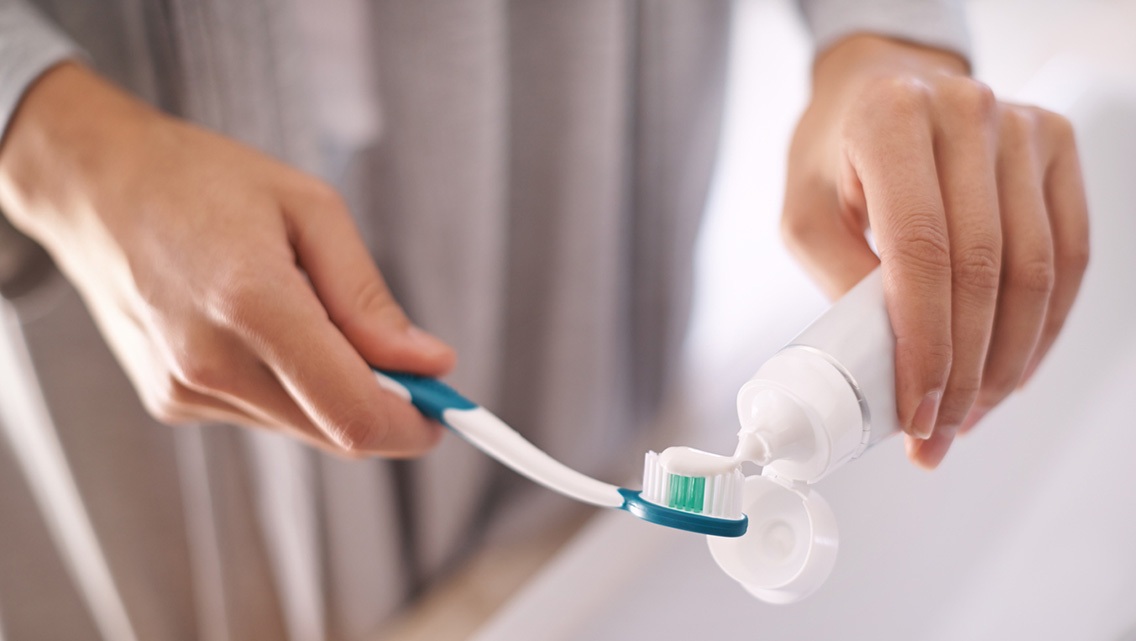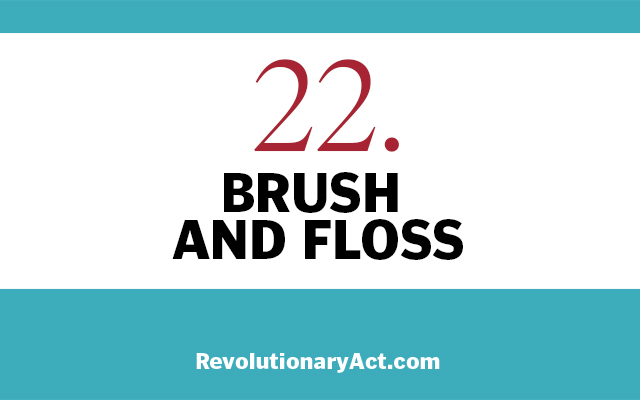Cavities are the result of teeth-destroying acids made by bacteria, Nelson-Dooley explains. They’re small holes in the surface of the tooth, but if they reach the tooth’s pulp, they may require a root canal.
The cause lies once again in an imbalanced oral microbiome. One bug in particular — Streptococcus mutans — has been implicated in cavities. This bacteria is present in cavity-free mouths as well, but there, friendly bacteria keep S. mutans at bay.
“If you aren’t keeping up with your oral hygiene, if you’re eating sugar, and if your saliva isn’t flowing well, it increases acid in your mouth, which sets off a chain of events that disrupts the bacteria that live on your teeth and causes cavities,” notes Nelson-Dooley. “Dietary changes like cutting out sugar, reducing packaged foods, and eating more veggies are among the most powerful ways to control your oral microbiome and prevent cavities.”
Nutritional deficiencies in magnesium and vitamins D and K2 can also cause decay, adds Chalmers. Celiac disease and gluten sensitivity have been associated with more cavities as well.
If you’re prone to cavities, diet is an important place to start.
This was excerpted from “What Your Mouth Is Trying to Tell You” which was published in Experience Life magazine.





This Post Has One Comment
Most grown-up cavities are framed in the middle of the teeth. These are for the most part called interproximal cavities in dental terms. They happen when bacteria from food sits in the middle of the teeth and on the off chance that not eliminated with flossing, the bacteria will gradually begin to consume the tooth and cause decay, or, a cavity. Thanks for sharing such an informative and important article.